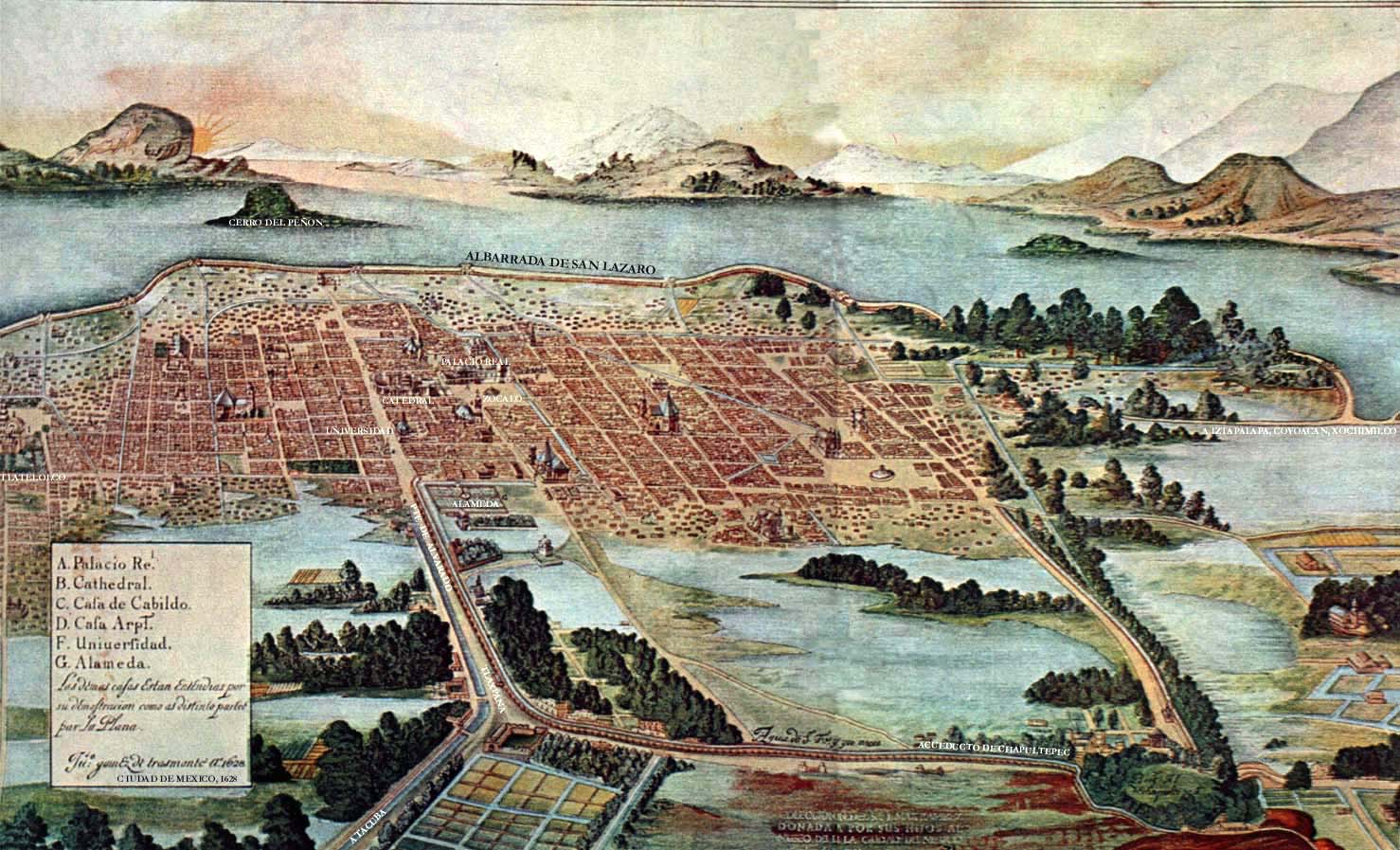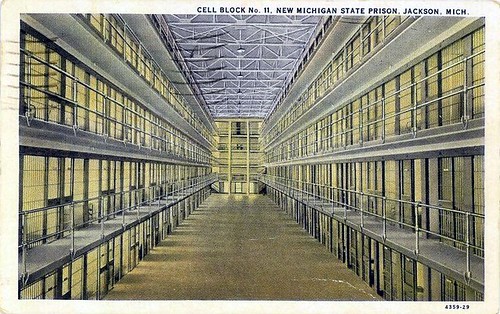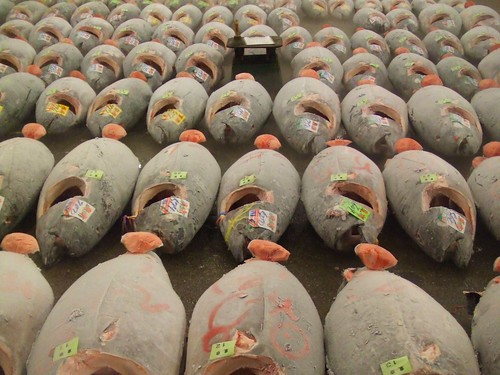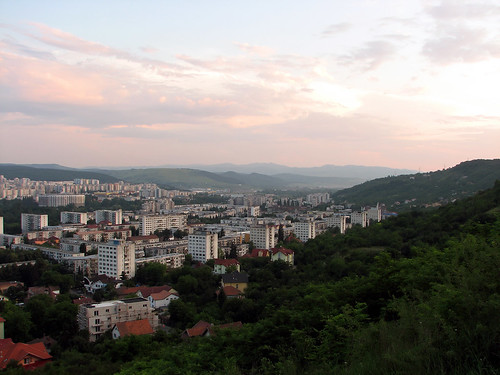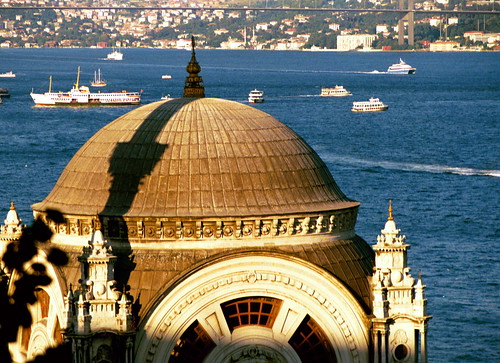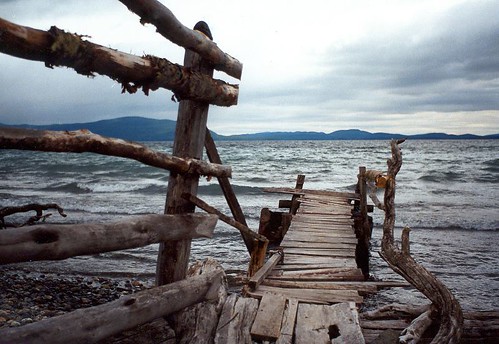Ringstraße des Proletariats
This Viennese residence spans just over 1 kilometer (.68 miles) making it the longest continuous housing structure in the world. Not unlike Chicago's Hancock Tower, the building contains many of the amenities that its denizens need: kindergartens, doctors' offices, and a library. From a different perspective you can see the arches under this massive building that allow traffic to pass through it.
Karl Marx Hof is an example of a Gemeindebauten: municipal building (like public housing in the U.S.). The fortress-like construction of these buildings made them durable and also ideal for use by the military. Karl Marx Hof played an important part in Austria's February Uprising in 1934.
When I was in Vienna I got on a bus near Karl Marx Hof. Once I saw these pictures I immediately remembered having seen these enormous arches.



